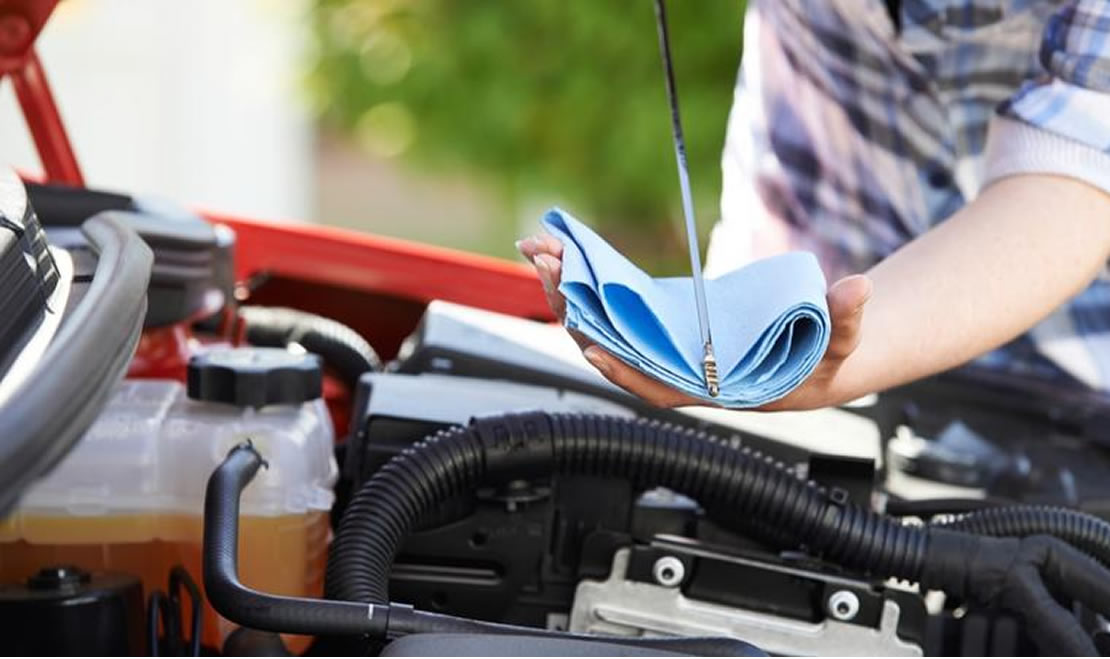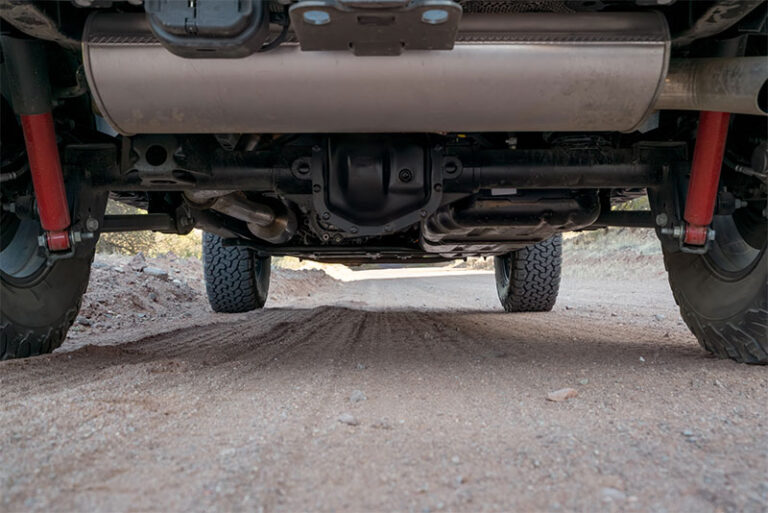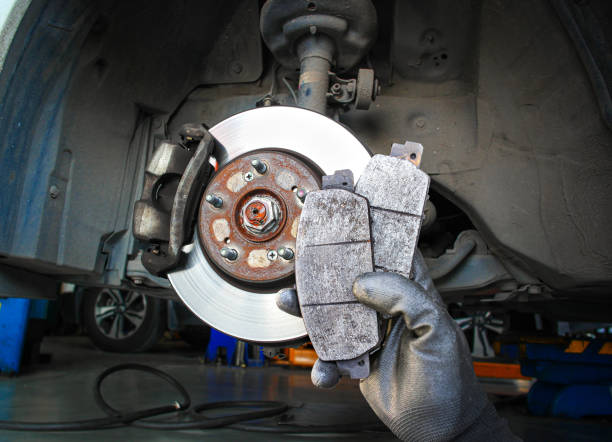How to Check the 6 Essential Vehicle Fluids of Your Car
Save time & money by checking your important vehicle liquid at home!
We are very dependent on vehicles on the day and age of the current age, and we all know how maintenance costs can increase quickly when it’s time to bring your car or truck to mechanics. Learning how to check some of the most important fluids for your vehicle at home can save time and money on your next maintenance check. Knowing how to judge your vehicle is a great skill to have and what you will use for your lifetime. What are 6 important vehicle liquids that you can learn to be examined at home? Oil, brake liquid, power steering liquid, engine cooler, transmission fluid, and washer liquid – These are all important liquids that your vehicle can check (and refill some if needed) to help reduce your bill in your next mechanics next visit.
Oil
 Oil is arguably one of the most important liquids for your vehicle. (Just competing with the fuel) and fortunately it’s not too difficult to check! Your engine oil can be checked under the hood, each car is different, so be sure to re -check your owner’s manual if you are not sure exactly where it is. Most people say that it is best to let your car rest about 10 minutes after driving it to ensure that the oil is cooling and calm so you can get accurate reading. After you find the oil dipstick, pull out and clean it with a clean towel or cloth.
Oil is arguably one of the most important liquids for your vehicle. (Just competing with the fuel) and fortunately it’s not too difficult to check! Your engine oil can be checked under the hood, each car is different, so be sure to re -check your owner’s manual if you are not sure exactly where it is. Most people say that it is best to let your car rest about 10 minutes after driving it to ensure that the oil is cooling and calm so you can get accurate reading. After you find the oil dipstick, pull out and clean it with a clean towel or cloth.
After cleaning clean, put it back tightly, and pull it back. Now it will be time you can read it, dipstick oil has a minimum and maximum line. You will usually always want your oil right or just below the maximum line. If your oil is significantly lower than that, you need to add more oil, and even start to see the possibility of problems such as oil leaks. Another good thing when checking your oil is to ensure that oil quality is still good. Engine oil must always be a yellowish yellow color. If it becomes brown or black, it’s time to change oil. Another color that you notice can also show leakage or something else!
Brake fluid
Brake liquid is a clear important part of vehicle performance. We use our brakes as a habit when we drive, and well we do the way we will become chaos. Today’s brakes are actually hydraulic, so they use liquids to create the pressure needed so that the brake bearings clamp into the rotor which then slows down your vehicle. If that does not happen, or does not happen quickly, the first thing to check is your brake fluid. Once again, we will recommend seeing the manual of your owner if you are not sure where the brake liquid is located under the hood. The most common problems in brake fluid can be in the form of water contamination, leakage, or not enough fluid. After you have a brake liquid, check the minimum and maximum levels, add more suitable. Another thing to check is the quality, make sure your brake fluid is translucent. If it becomes cloudy, it’s definitely time to replace it.
Power Steering Fluid
Many people have never experienced a difference between power steering and power, but if you drive a car that was built in the past 60+ years, you are most likely driving with power steering. Power steering allows the driver to make wheel movements easily while driving. This is also a hydraulic feature that requires liquid to keep it functioning properly. Look for dipstick or reservoir under your hood and check the owner’s manual if you can’t find it. Look at the minimum and maximum sign to see where you are, if needed more fluids, be sure to educate yourself about the correct type of liquid needed. If you see a problem with your steering wheel, be sure to bring your vehicle to professionals to diagnose possible problems.
Engine coolant
Coolant is also a very important liquid for your current vehicle. Engine cooling liquid, or known as a radiator fluid, keeps your engine not too hot when running. It is very important to keep this liquid often examined. To check the cooler, find the radiator cap under the hood of your car. Do not check this liquid when your engine is hot from driving, pressure cooler can spray when the lid is opened and cause burns. Wait until your engine cools a little after driving, and then very carefully you can open the radiator cap with a cloth or towel. Look to see if you can see the cooler, if you can’t see anything near the top of the reservoir, it’s time to add more.
Transmission fluid
The transmission liquid is checked in a way that is almost the same as your engine oil. Check the manual of your car to see if you should let your car run or neutral to check it. Also, not all cars have dipstick under the hood to check the transmission liquid easily. Some vehicles must be put into the mechanic so that the transmission liquid is checked. Be sure to educate yourself to learn more about how you can be checked, either at home, or in a store.
Washer Fluid
Finally, the washer fluid, is an affordable vehicle liquid and is easy to survive. Save some washing machine liquid and check every few months to see if you need to complete you. Washing machine liquid can really help you while driving. Keeping your windshield and your vision lines clean is important to ensure that you are driving safely. You can also get liquids that help drive out rain and remove unlucky insects from your windshield.
If you are planning to buy auto parts or auto accessories for your beloved car you can visit: www.westcanauto.com








